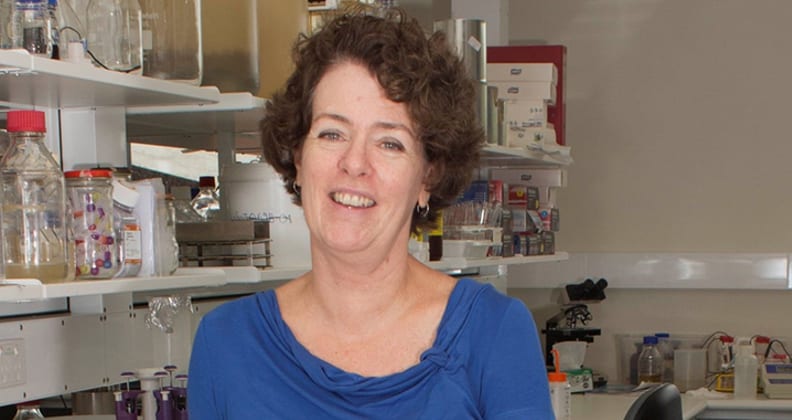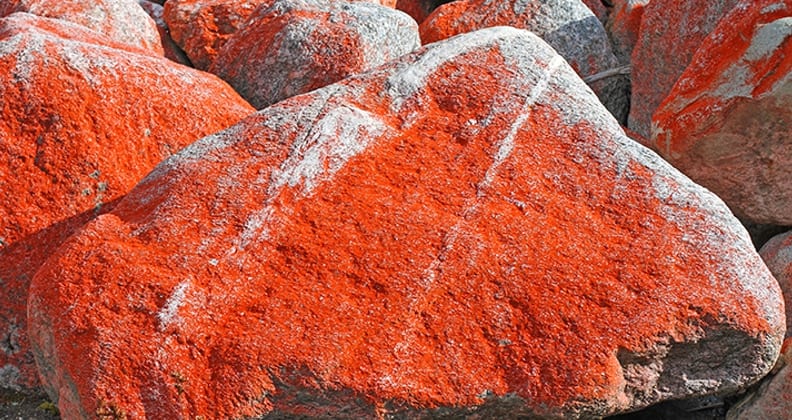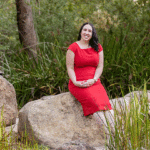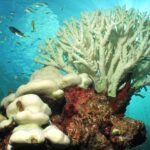Serendipity played a part in Professor Elizabeth Watkin’s decision to pursue a career in the life sciences. A fortunate pairing with an inspiring supervisor in her first post-degree job, highlighted just how fascinating research could be and set her on her current path.
Professor Watkin’s work focuses on the microbial ecology of environmental systems. Her research has been critical in building Curtin’s reputation in the increasingly important area of bioleaching, an environmentally responsible process of extracting metals from ores using bacterial microorganisms.
What sparked your passion for science, and when did you decide you wanted to build a career in this area?
My passion for research in the life sciences was sparked in my first job as a graduate research assistant after completing my undergraduate degree. My supervisor was inspirational and showed me that research was stimulating and rewarding.
Describe your area/areas of research.
The overarching theme of my research is the microbial ecology of environmental systems and covers the fields of mining biotechnology and mineral resource recovery, microbial induced corrosion and microbial fouling of water (particularly within mining systems) .
My research team investigates biotechnological processes for environmental and industrial applications and approaches to mitigate microbially caused problems such as biocorrosion, biofouling and bioclogging.

How long have you been at Curtin, and where did you work/what did you do prior to joining the University?
I commenced at Curtin in 2002 after completing two postdoctoral research fellowships – the first at CSIRO-Plant Industry in Canberra and the second at Murdoch University.
What have been your biggest challenges in your career, specifically as a woman in STEMM, and how did you overcome them?
My biggest challenge has been balancing the conflicting demands of family and work.
What sparked your passion for science, and when did you decide you wanted to build a career in this area?
My passion for research in the life sciences was sparked in my first job as a graduate research assistant after completing my undergraduate degree. My supervisor was inspirational and showed me that research was stimulating and rewarding.
Describe your area/areas of research.
The overarching theme of my research is the microbial ecology of environmental systems and covers the fields of mining biotechnology and mineral resource recovery, microbial induced corrosion and microbial fouling of water (particularly within mining systems) .
My research team investigates biotechnological processes for environmental and industrial applications and approaches to mitigate microbially caused problems such as biocorrosion, biofouling and bioclogging.
How long have you been at Curtin, and where did you work/what did you do prior to joining the University?
I commenced at Curtin in 2002 after completing two postdoctoral research fellowships – the first at CSIRO-Plant Industry in Canberra and the second at Murdoch University.
What have been your biggest challenges in your career, specifically as a woman in STEMM, and how did you overcome them?
My biggest challenge has been balancing the conflicting demands of family and work.



